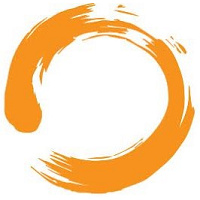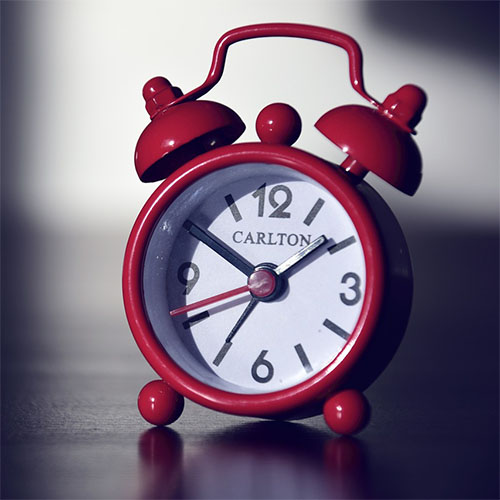I have had multiple conversations this month with clients and potential clients of all ages and both genders facing the question “What do I do next with my life?” The emotions that come up around this question range from excitement at the world of possibilities it opens up, to distress and frustration – also in response to the seemingly endless possibilities it opens up.
Which makes me wonder – what factors and perspectives create either of those responses at any given moment? Excitement vs. overwhelm. Invigorating dreams vs. molasses-like inertia. And how does our approach to handling these experiences and emotions impact and determine our life path?
In my experience, both of these emotional extremes can exist in the same person nearly simultaneously, and are often expressed in the same conversation, if not the same breath. So what changes from moment to moment to so drastically shift our perspective? What creates this shift in us?
Let’s start by assuming that contemplating the question “What do I do next with my life?” involves a range of factors including a desire for quality-of-life experiences such as fulfillment, balance, passion, and meaning, as well as practical considerations such as saving for retirement, affording health care, and supporting a family and/or paying bills. I think we can agree that this collection of varied and sometimes competing considerations that go into answering the question “What do I do next with my life?” could be described as complex. Throw in your value system and the needs, desires, and expectations of your friends, family, and work colleagues, and it may even start to feel overwhelming.
In her Newsweek article on The Science of Making Decisions, Sharon Begley describes a study in which researchers used a functional MRI to measure brain activity in participants faced with complex problems and an overwhelming amount of incoming information. It turned out that at the point of information overload, participants experienced a sharp decline in brain activity in their prefrontal cortex and an increase in anxiety and frustration. This isn’t surprising, given that the prefrontal cortex is responsible for good decision making and for regulating emotions.
The prefrontal cortex also plays a key role in integrating our emotional decision-making system (your “gut feelings” and intuition) with our rational decision-making system. And researchers such as Antonio Damasio have found that the ability to make decisions is impaired when parts of the brain that regulate emotion are damaged; which suggests that emotion is integral to and in fact required for good decision making.
So we know that emotions are integral to good decision making. We know that the part of the brain that regulates and integrates emotions and decision making shuts down when it’s overwhelmed by information. We know that this same shut-down leads to feelings of frustration and anxiety.
Now consider that rational decision-making models tend to involve the following six factors in one form or another:
- Identify the problem to be solved or decision to be made
- Seek and gather information
- Brainstorm and analyze solutions and alternatives
- Make a choice
- Implement
- Evaluate the outcome
Which sounds good, but it doesn’t provide any guidelines as to how much information to gather or how many alternatives are actually helpful in optimizing our decision making. How much is enough? How much is too much?
In reality human beings are limited in terms of how much information we can manage (thus the prefrontal cortex shut-down) and we use shortcuts (known as heuristics) to simplify decision making. It turns out that as part of our decision-making strategies, we tend to be either a “satisficer” or a “maximizer.” Satisficers look for a “good enough” alternative; they have a set of criteria that must be met and tend to go with the first choice that meets those criteria. Maximizers on the other hand feel compelled to examine every option before making a decision, thus expending a lot of extra cognitive energy.
Interestingly enough, researchers have found evidence that satisficers tend to be happier with their choices than maximizers, who also have a (likely related) tendency to be more depressed and less satisfied with their lives. Yet according to an article in the Wall Street Journal, Barry Schwartz, a professor of psychology at Swarthmore College in Pennsylvania and author of The Paradox of Choice, has “found nothing to suggest that either maximizers or satisficers make bad decisions more often.”
So how do we apply all this to an impactful decision like “What do I do next with my life?”
- Acknowledge that this is a complex decision with a lot of factors vying for attention, and that some of these might not easily co-exist (at least for a period of time). For example, you may decide to take the risk of starting a new business and have to make some lifestyle adjustments while you get it off the ground. You may want to experience the joy of being a full-time parent, which may change your family income and likely changes where you get your mental and social stimulation. It can be hard to let go of the things you value in your current situation as you try to envision yourself in your new life situation. This is normal! Go easy on yourself as you struggle with and adjust to the changes involved.
- Give yourself space to allow – rather than make – your decision. Stop thinking about it. Easier said than done, so at least stop forcing it. Stop the incessant churning. While it’s natural to want to make a decision and “move on with things,” when we allow ourselves the luxury of being present to the discomfort of not knowing yet and give ourselves quiet, unpressured time to simply sit with our not-knowing, flashes of insight will inevitably emerge. As part of this, know what works for you: Know how much information you require, and then give yourself time to sit with it. If you tend to process with your body, go for a run or walk outside. If you process best when engaged in creative activity, do something that engages you or sit down with a coloring book and some crayons and lose yourself for a while. Allow yourself to sleep on it – as many nights as it takes.
- Let go of the outcome. Ponder the power of embracing a belief system in which there are no mistakes, only opportunities. It may sounds hokey, but what would you do if you knew you couldn’t make a mistake? How would you treat yourself? What sort of permission would you give yourself to change your mind as you went along? If your sights weren’t locked in on the goal, how would that change your experience along the way? After all, as John Lennon said, “Life is what happens while you are busy making other plans.”
In the same Wall Street Journal article mentioned above, Barry Schwartz is quoted as saying that “One of the things that life teaches you is that ‘good enough’ is almost always good enough. You learn that you can get satisfaction out of perfectly wonderful but not perfect outcomes.”
How might knowing this change your life and your decision-making experience?



